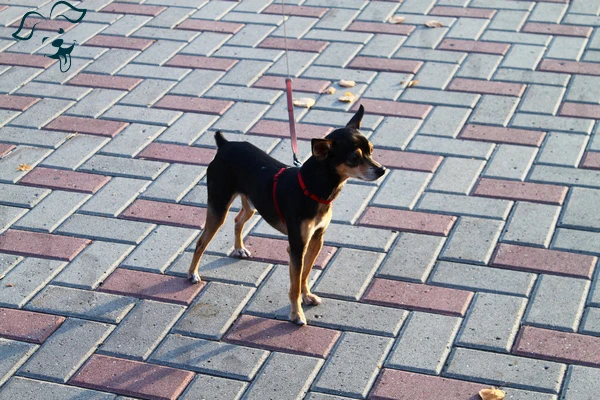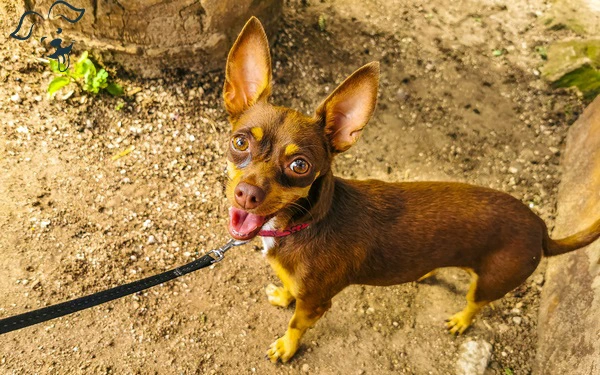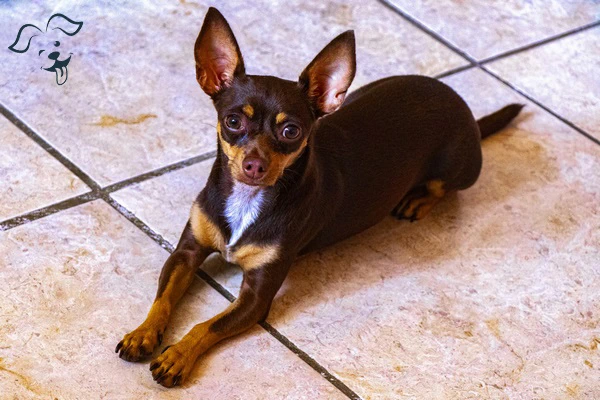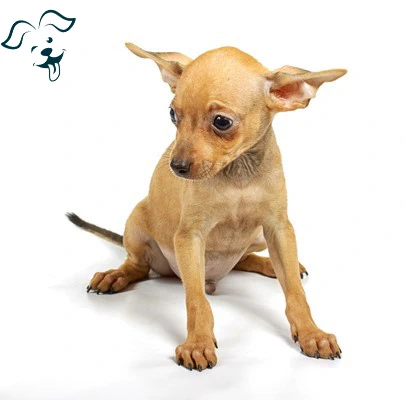The Russian Toy breed is generally in good health overall. However, like many toy breeds, their teeth can be a cause for concern. Most puppies do not naturally lose all of their deciduous (puppy) teeth, so by the time they reach nine months old, it is often necessary to surgically remove any remaining deciduous teeth. It's important to be aware that periodontal disease, which involves the accumulation of tooth tartar can start as early as one year of age. To maintain good dental health in Russian Toy dogs regular dental care is crucial. One effective method is brushing their teeth, as it helps to reduce plaque and can prevent the need for surgical dental cleaning or tooth extraction. Responsible breeders make sure to screen their breeding stock for potential health issues like progressive retinal atrophy (PRA) and patellar luxation. Owners of Russian Toy dogs should also be mindful of the risk of eye injuries, such as ulcers. It's important to take precautions to protect their eyes and seek prompt veterinary care if any injury occurs. By staying informed and providing proper care, you can help keep your Russian Toy companion happy and healthy. Recommended Health Tests from the National Breed Club:
|
Russian Toy
ATTRIBUTES: Loyal, Charming, Smart
GROUP: Toy Group
ACIVITY LEVEL: Energetic
BARKING LEVEL: Likes To Be Vocal
COAT TYPE: Double
COAT LENGTH: Short
SHADDING: Infrequent
SIZE: XSmall
TRAINABILITY: Agreeable
CHARACTERISTIC: Smallest Dog Breeds, Best Dogs For Apartment Dwellers
Breed Overview

Ancestry
nglish Toy Terrier, Toy Spaniel

Origin
Russia

Registration
2022

Size
8 - 11 Inches

Weight
Up to 6.5 Pounds

Expected Life
12 - 14 Years
























FRIENDLINESS
LIVELINESS
VIGILANCE INTENSITY
ADAPTATION CAPACITY